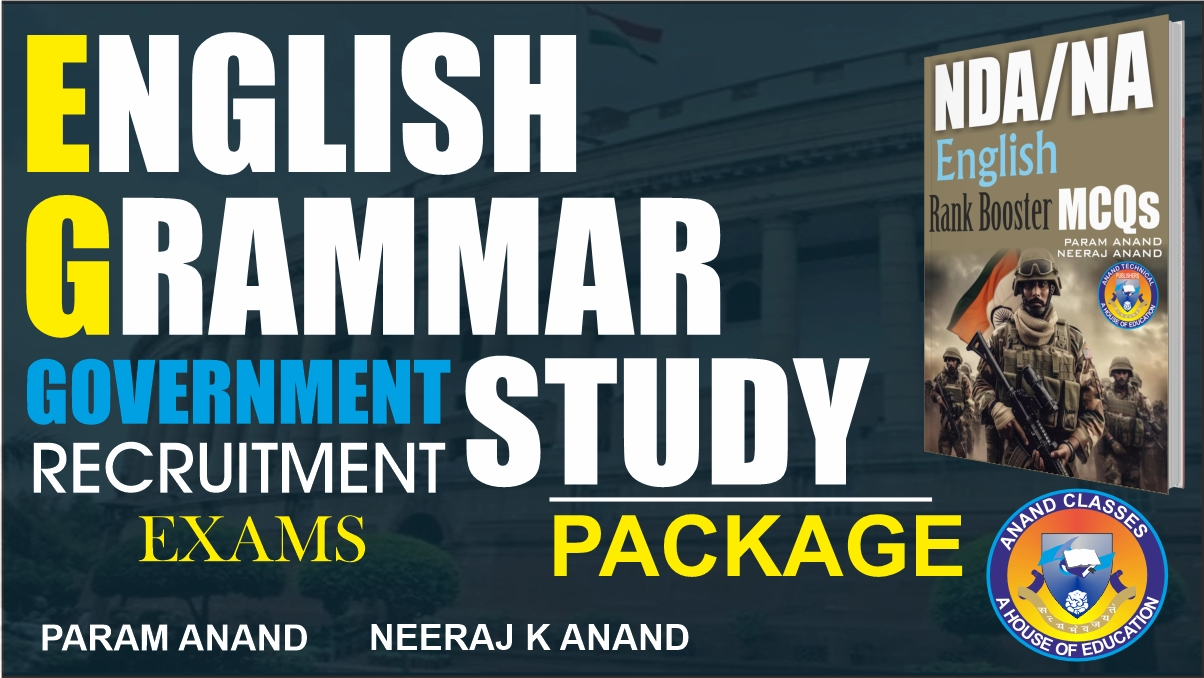The Indian Constitution is the lengthiest in the world, comprising 465 Articles (as of 2013), divided into 25 parts along with 12 schedules.
Understanding the Articles of the Indian Constitution is essential for competitive exams like NDA, CDS, UPSC, AFCAT, RRB, IBPS-PO, SSC, KVS, and CLAT. These Articles provide a structural framework for governance and administration in India
THE UNION AND ITS TERRITORIES (ARTICLES 1-4)
- Article 1: Deals with the name and territory of the Union. It describes India, that is Bharat as a Union of States. The territory of India includes territories of states, union territories, and territories acquired by the Government of India.
- Article 2: Admission or establishment of new states.
- Article 3: Formation of new states and alteration of areas, boundaries, or names of existing states.
- Article 4: Laws made under Articles 2 and 3 for the amendment of the first and fourth schedules on supplemental, incidental, and consequential matters.
Reorganisation of States
- 1956: There were 14 states and 6 Union Territories. Andhra Pradesh was created in 1953, and Kerala in 1956.
- 1956: Karnataka was created.
- 1960: Bombay was bifurcated into Gujarat and Maharashtra.
- 1963: Nagaland was created as a separate state.
- 1966: Haryana was carved out of Punjab, and Chandigarh became a Union Territory.
- 1970: The Union Territory of Himachal Pradesh was elevated to statehood.
- 1971: Manipur, Tripura, and Meghalaya were granted statehood.
- 1974: Sikkim became an associate state of the Indian Union.
- 1975: By the 36th Constitutional Amendment Act, Sikkim became a full-fledged State of India.
- 1986: Mizoram and Arunachal Pradesh came into being.
- 1987: Goa became a state.
- 2000: Chhattisgarh, Uttarakhand, and Jharkhand were created.
- 2014: Telangana became a separate state after the reorganization of Andhra Pradesh.
Frequently Asked Questions (FAQs)
Q1: What is Article 1 of the Indian Constitution?
A: Article 1 defines India as a Union of States and includes territories of states, union territories, and any territories acquired by the Government of India.
Q2: How many Articles are there in the Indian Constitution?
A: As of 2013, there are 465 Articles, divided into 25 parts and 12 schedules.
Q3: When was Telangana formed as a new state?
A: Telangana was formed on 2nd June 2014 after the reorganization of Andhra Pradesh.
Q4: What was the 36th Constitutional Amendment Act?
A: The 36th Constitutional Amendment Act (1975) granted full statehood to Sikkim.
Multiple Choice Questions (MCQs)
Q1: What does Article 1 of the Indian Constitution state?
A) India is a Democratic Republic.
B) India, that is Bharat, shall be a Union of States.
C) India is a Sovereign Socialist Secular State.
D) India is a Federation of States.
✅ Correct Answer: B) India, that is Bharat, shall be a Union of States.
Explanation: Article 1 defines the name and territory of the Union and describes India as a Union of States, meaning that states do not have the right to secede.
Q2: Which Constitutional Amendment granted statehood to Sikkim?
A) 35th Amendment
B) 36th Amendment
C) 37th Amendment
D) 38th Amendment
✅ Correct Answer: B) 36th Amendment
Explanation: The 36th Amendment Act of 1975 granted full statehood to Sikkim.
Q3: In which year was Goa granted statehood?
A) 1961
B) 1975
C) 1987
D) 2000
✅ Correct Answer: C) 1987
Explanation: Goa was granted statehood in 1987 and became the 25th state of India.
NIRMAL ANAND Educations
Published by: Anand Technical Publishers
Written by: Neeraj Anand
Under: Anand Classes
Contact: +91 9463138669
Email: anandclasses1996@gmail.com
Buy Complete Study Material: Click Here
For detailed study material, visit Anand Classes. 📚




